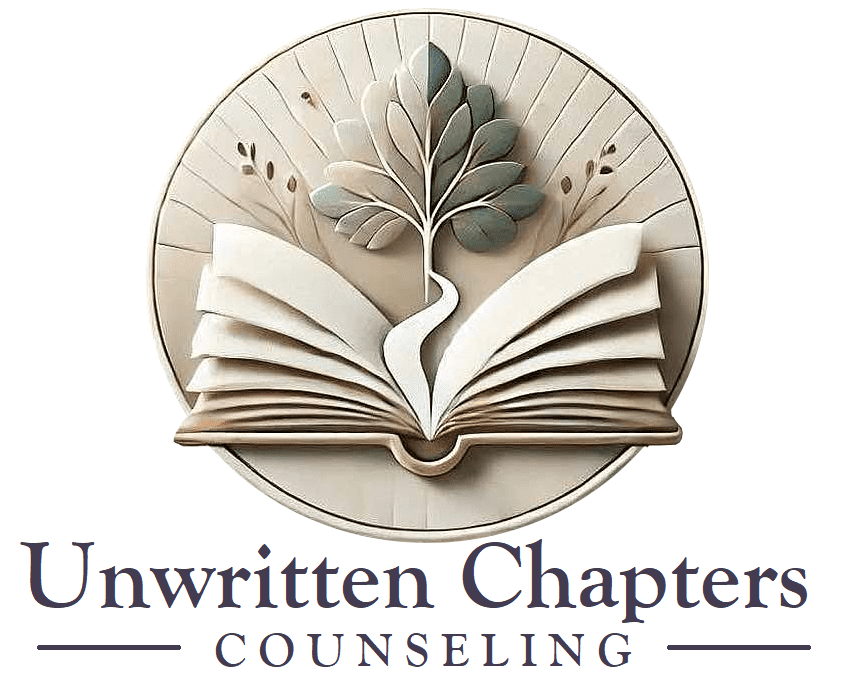In our fast-paced world, where distractions are abundant, the ability to listen actively has become a rare and valuable skill, especially in relationships. Active listening transcends mere hearing; it involves fully engaging with the speaker, understanding their message, and responding thoughtfully. This article delves into the significance of active listening in fostering healthy relationships, the techniques to improve this skill, and how it can be incorporated into various contexts, including therapy and everyday interactions.
Understanding Active Listening
Active listening is much more than paying attention to someone’s words. It requires a conscious effort to understand the complete message being communicated, which includes verbal cues, tone of voice, and non-verbal signals such as body language. When someone practices active listening, they acknowledge the speaker’s feelings and thoughts, validating their experience. This not only helps in understanding the issue at hand but also creates a supportive environment where open communication can flourish.
Many people equate listening with hearing, but they are not the same. Hearing is a passive act, while listening is an active one. Active listening demands focus and engagement, often requiring individuals to set aside their own thoughts and reactions temporarily. By doing so, listeners can empathize with the speaker’s perspective, leading to deeper emotional connections.
Common Misconceptions About Listening
One prevalent misconception is that listening is a simple task that does not require any special skills or effort. This belief can lead to misunderstandings and conflicts, as it undermines the complexity of communication. Additionally, many people think that they listen well but often engage in selective listening, where they only hear what they want to hear. This selective approach can distort the true message and hinder effective communication.
Another misconception is that listening is a one-way street. In reality, effective listening involves feedback and clarification. Active listeners should ask questions and paraphrase what they have heard to ensure they fully comprehend the message. This two-way communication not only enhances understanding but also fosters trust between individuals.
Why Active Listening Matters
Strengthening Emotional Connection
Active listening plays a vital role in building and maintaining emotional connections in relationships. By genuinely engaging with what another person is saying, listeners demonstrate that they value their partner’s thoughts and feelings. This validation fosters intimacy and trust, essential components in any relationship. When individuals feel heard, they are more likely to express themselves openly, allowing for deeper conversations and connections.
Moreover, active listening can lead to increased empathy. When one partner understands the other’s experiences and emotions, it helps to nurture a supportive environment. This emotional connection can significantly enhance relationship satisfaction and longevity, as partners feel more connected and aligned with each other’s needs.
Reducing Conflicts
Conflicts are inevitable in any relationship, but active listening can serve as a powerful tool to mitigate misunderstandings. By practicing active listening, individuals can identify the root causes of disagreements rather than merely reacting to surface-level issues. When partners listen to each other without interruption and express understanding, it can de-escalate tense situations and prevent conflicts from spiraling out of control.
Furthermore, active listening encourages problem-solving and collaboration. When both partners feel heard and understood, they can work together to find mutually beneficial solutions. This cooperative approach not only resolves conflicts but also strengthens the bond between partners as they navigate challenges together.
Techniques for Practicing Active Listening
Being Present and Mindful
The first step in practicing active listening is to be present in the moment. This means setting aside distractions, such as phones or televisions, and focusing solely on the person speaking. Showing genuine interest and maintaining eye contact can significantly enhance the listening experience. Additionally, practicing mindfulness can help individuals manage their thoughts and emotions, allowing them to engage fully with the speaker.
Mindfulness techniques, such as deep breathing or grounding exercises, can be useful in cultivating a focused mindset. By calming one’s mind, listeners can approach conversations with an open heart and a willingness to understand the other person’s perspective. This mindfulness not only improves listening skills but also contributes to overall emotional intelligence.
Reflecting and Paraphrasing
Another effective technique in active listening is reflecting and paraphrasing what the speaker has said. This involves summarizing the speaker’s message in your own words and reflecting back their emotions. For example, if someone shares their frustration about a situation, a listener might respond, It sounds like you’re feeling overwhelmed and frustrated about what happened. This practice shows the speaker that they are being heard and understood, fostering a deeper connection.
Additionally, paraphrasing helps to clarify any misunderstandings. If a listener misinterprets the speaker’s message, reflecting back can prompt correction and ensure that both parties are on the same page. This mutual understanding is crucial in effective communication and can prevent further conflicts down the line.
Active Listening in Couples Therapy
How Therapists Facilitate Active Listening
In couples therapy, active listening is often a focal point of the therapeutic process. Therapists guide couples in developing their listening skills, emphasizing the importance of understanding each other’s perspectives. By creating a structured environment, therapists help partners practice active listening, allowing them to express their thoughts and feelings safely.
Therapists may introduce specific exercises that encourage couples to take turns speaking and listening. These exercises can help partners become more mindful of their communication styles and improve their active listening abilities. By observing how each partner responds, therapists can identify patterns that contribute to misunderstandings and conflicts.
Case Studies: Success Stories
Many couples who enter therapy find that improving their active listening skills leads to significant changes in their relationship dynamics. For instance, one couple struggled with frequent arguments about household responsibilities. Through therapy, they learned to practice active listening, allowing each partner to express their frustrations without interruptions. Over time, they developed a better understanding of each other’s perspectives, which led to a more equitable distribution of chores and a decrease in conflicts.
Another success story involves a couple who felt emotionally distant. By focusing on active listening techniques in therapy, they were able to reconnect on a deeper level. They discovered that their differences in communication styles had led to misunderstandings, and by actively engaging with each other’s feelings, they rebuilt their emotional connection and increased intimacy in their relationship.
Tips for Couples to Enhance Their Listening Skills
Creating a Safe Space for Communication
For active listening to thrive, couples must establish a safe space for open communication. This involves creating an environment where both partners feel comfortable expressing their thoughts and feelings without fear of judgment or retaliation. Setting aside dedicated time for conversations, free from distractions, can help foster this safe space.
Additionally, couples should agree on ground rules for discussions, such as no interrupting or using hurtful language. This mutual understanding reinforces the commitment to active listening and encourages both partners to approach conversations with respect and empathy.
Regularly Practicing Active Listening Techniques
Building active listening skills takes practice, and couples should prioritize regular opportunities to enhance their communication. This could involve scheduling weekly check-ins to discuss feelings, concerns, or experiences. During these meetings, partners can consciously apply active listening techniques, reflecting on each other’s messages and offering support.
Moreover, couples can engage in fun activities that promote teamwork and communication, such as playing cooperative games or working on projects together. These shared experiences can naturally lead to improved listening skills as partners practice understanding and collaborating with one another.
Conclusion
Reinforcing the Importance of Listening in Relationships
Active listening is an essential skill that can transform relationships, leading to deeper emotional connections and reduced conflicts. By understanding the nuances of communication and practicing active listening techniques, partners can enhance their interactions and build trust. As individuals become more attuned to each other’s emotions and perspectives, they cultivate a supportive environment conducive to growth and understanding.
Encouragement to Practice Active Listening Together
As you move forward in your relationships, take the time to practice active listening. Encourage open dialogues, create safe spaces for communication, and implement the techniques discussed in this article. By doing so, you can enrich your connections with loved ones and foster a more empathetic and understanding atmosphere in your interactions.
FAQs
What are the key elements of active listening?
The key elements of active listening include paying full attention, providing feedback, reflecting and paraphrasing the speaker’s message, and withholding judgment. This approach fosters a deeper understanding between individuals.
How can I practice active listening in everyday conversations?
You can practice active listening by eliminating distractions, maintaining eye contact, asking clarifying questions, and summarizing what the speaker has said. This helps to ensure you fully comprehend their message.
Can active listening help in resolving conflicts?
Yes, active listening can significantly aid in conflict resolution. By understanding each other’s perspectives and feelings, partners can collaboratively address issues and find mutually acceptable solutions.
Is active listening the same as empathy?
While active listening and empathy are closely related, they are not the same. Active listening focuses on understanding the speaker’s message, while empathy involves connecting with their emotions and experiences on a deeper level.
How can couples improve their active listening skills?
Couples can improve their active listening skills by setting aside time for open communication, practicing mindfulness, establishing ground rules for discussions, and regularly engaging in activities that promote teamwork and understanding.




